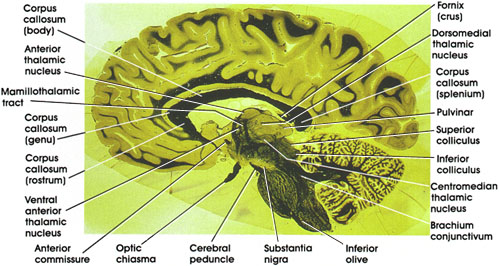

Plate 17.364 Section through Medial Thalamus
Ronald A. Bergman, Ph.D., Adel K. Afifi, M.D., Paul M. Heidger,
Jr., Ph.D.
Peer Review Status: Externally Peer Reviewed

Human, 10% formalin, Weigert's hematoxylin (Loyez), 1 x.
Mamillothalamic tract: A myelinated fiber bundle connecting the mamillary body with the anterior thalamic nucleus. Seen here approaching the anterior thalamic nucleus.
Corpus callosum (genu): The part of the corpus callosurn between the rostrum and the body. important in interhemispheric transfer of information.
Ventral anterior thalamic nucleus: One of the lateral group of thalamic nuclei. Concerned with motor function. Characteristically traversed by heavily myelinated fiber bundles. Receives fibers from the basal ganglia and projects to the motor cortex.
Corpus callosum (rostrum): The most rostral part of the corpus callosum. Concerned with interhemispheric transfer of information.
Anterior commissure: A compact bundle of myelinated fibers. Interconnects olfactory bulbs and the temporal cortices.
Optic chiasma: Site of partial crossing of optic nerve fibers before formation of the optic tracts. Lesions in the optic chiasma result in a characteristic visual field loss known as bitemporal hemianopia.
Cerebral peduncle: A bundle of corticofugal fibers located ventral to the substantia nigra in the midbrain. Contains corticospinal, corticobulbar, and corticopontine fibers. Lesions result in contralateral weakness or paralysis, including the face.
Substantia nigra: A large nuclear mass in the ventral part of the-midbrain. Located dorsal to the cerebral peduncles. Melanin-containing neurons in this nucleus are connected with the basal ganglia and the thalamus. The substantia nigra is an important structure in the genesis of movement. Invariably the site of pathology in Parkinson's disease.
Inferior Olive: Located in ventral part of the medulla oblongata. Receives cortical and subcortical fibers and projects to the cerebellum via the restiform body.
Brachium conjunctivum: Also known as superior cerebellar peduncle. Contains axons of deep cerebellar nuclei destined for the red nucleus and thalamus.
Inferior colliculus: An elevation on the dorsal surface of the midbrain. Contains neurons related to the auditory system.
Superior colliculus: An elevation in the dorsal surface of the midbrain. Related to the visual system.
Centromedian (thalamic) nucleus: Belongs to the intralaminar group of thalamic nuclei. Related to a variety of sensory and motor functions as well as arousal.
Corpus callosum (splenium): The most caudal part of the corpus callosum. Concerned with transfer of visual information between the hemispheres.
Pulvinar: One of the lateral group of thalamic nuclei. Reciprocally connected with the medial and lateral geniculate nuclei caudally and the association parietal, temporal, and occipital cortices rostrally. Plays a role in several neural functions, including vision, audition, speech, and pain.
Fornix (crus): Continuation of the fimbria of the fornix. Continues rostrally as the body of the fornix. The fornix connects the hippocampus with several brain regions, including the mamillary body, anterior thalamic nucleus, septal nuclei, and cingulate gyrus.
Dorsomedial (thalamic) nucleus: One of the medial group of thalamic nuclei. Most highly developed in man. Has reciprocal connections with the prefrontal cortex and hypothalamus. Receives input from other thalamic nuclei. Concerned with affective behavior and memory.
Anterior (thalamic) nucleus: Belongs to the anterior group of thalamic nuclei. Has reciprocal connections with the mamillary body via the mamillothalarnic tract and with the cingulate gyrus via the internal capsule. Considered part of the limbic system and plays a role in emotional behavior and memory.
Corpus callosum (body): The largest part of the corpus callosum. Between the genu and the splenium. Concerned with interhemispheric transfer of information.
Previous Page | Section Top | Title Page
Please send us comments by filling out our Comment Form.
All contents copyright © 1995-2025 the Author(s) and Michael P. D'Alessandro, M.D. All rights reserved.
"Anatomy Atlases", the Anatomy Atlases logo, and "A digital library of anatomy information" are all Trademarks of Michael P. D'Alessandro, M.D.
Anatomy Atlases is funded in whole by Michael P. D'Alessandro, M.D. Advertising is not accepted.
Your personal information remains confidential and is not sold, leased, or given to any third party be they reliable or not.
The information contained in Anatomy Atlases is not a substitute for the medical care and advice of your physician. There may be variations in treatment that your physician may recommend based on individual facts and circumstances.
URL: http://www.anatomyatlases.org/